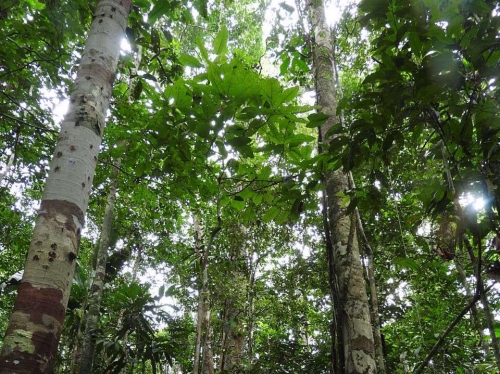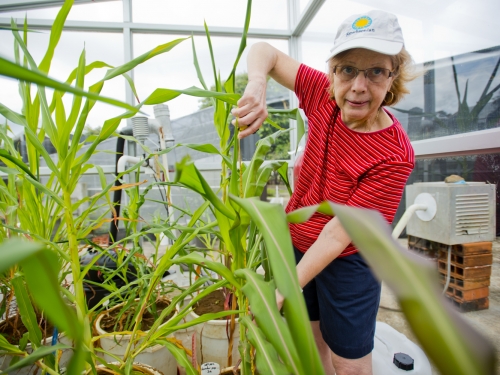Long-lasting microfossil particles of dead plants called phytoliths seen under a microscope, sampled from soil cores taken by scientists from the Amazon Basin. Most phytoliths studied by the team were smaller than the width of a human hair. Scientists used the soil cores to create timelines of plant life and fire history at each location going back some 5,000 years. To do this, the team extracted phytoliths and looked for traces of fire such as charcoal or soot. Fire, in a landscape that receives nearly 10 feet of rain annually, is nearly always human in origin and would have been instrumental in clearing large areas of land for human uses, such as agriculture and settlement.
Smithsonian scientists and their collaborators have found new evidence that prehistoric Indigenous peoples did not significantly alter large swaths of forest ecosystems in the western Amazon, effectively preserving large areas of rainforests to be unmodified or used in sustainable ways that did not reshape their composition. The new findings are the latest in a long scientific debate about how people in the Amazon have historically shaped the rich biodiversity of the region and global climate systems, presenting new implications for how the Amazon’s biodiversity and ecosystems can be best conserved and preserved today.
The new study led by Smithsonian researchers, published June 7 in the journal Proceedings of the National Academy of Sciences, suggests that for at least the past 5,000 years, large areas of the rainforest in western Amazonia located away from the fertile soils near rivers were not periodically cleared with fire or subject to intensive land use by the Indigenous population before the arrival of Europeans.




